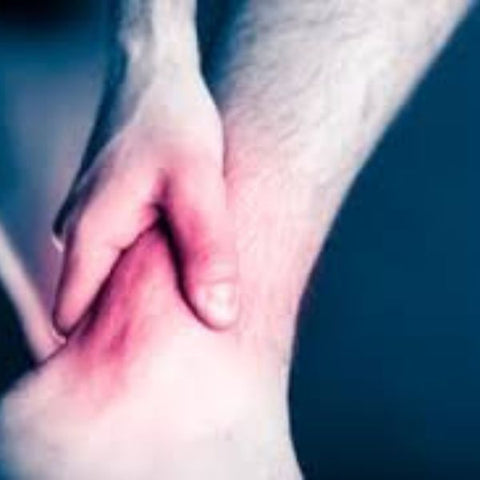Your feet and poor foot support might be the source of your knee and lower back pain!
When you have issues with your feet, it can lead to persistent discomfort in other parts of your body, such as your knees, hips, and back. The bones and other structures in the foot can become misaligned, which can change the way you walk and also how your lower extremities bear your weight as you move. This can have an effect on how well your feet can support your weight. If you do not address the issues with your feet in a timely manner, the pain and discomfort that you are experiencing now may develop into a chronic condition.
You are most certainly not on your own if you are suffering from discomfort in your knees and/or lower back. In point of fact, over eighty percent of people will experience back discomfort at some point in their lives. It's also possible that the problem is caused by inadequate foot support and/or shoes that don't fit properly. How is it that this is even possible? The majority of the time, knee discomfort is caused by normal, everyday activities that place stress and strain on the knees, which can then travel up the chain to the lower back. Because everything in the body is interconnected, when one area of the body isn't working properly or is weak, the related sections of the body have to work harder to make up for it, which eventually causes those parts to become fatigued and start to suffer. If you are unable to maintain postural stability as a result of these disorders or the discomfort that is associated with them, your muscles and joints may overwork, which will cause you to experience even more pain.
Let's delve deeper into the three most common foot-related disorders that contribute to lower back and knee pain. And make sure to stay reading all the way through to the end so that we can show what easy modifications will assist address these problems and ease your discomfort.
- SHOCK & IMPACT

The impact of your feet striking the ground when you walk can result in a jolting shock that travels up your leg and into your lower back, putting strain on the weight-bearing joints in your ankles, knees, and hips. Running and other high-impact exercises can add stress equivalent to two to three times your body weight. Even somewhat innocuous tasks, such as walking down stairs, can contribute anywhere from three to five times your body weight's worth of strain and tension. Did you know that your knees are the largest joints in your entire body? If not, you should know this now. It is true, and because of this, they take quite a battering, particularly from activities such as running, jumping, standing, bending, kicking, or dancing, all of which place additional stress on the tendons and ligaments that support your knees and kneecaps.
2. POOR ARCH SUPPORT

Have you ever heard of the term "Flat Feet," and if so, are you aware of whether or not you have this condition? People who have "Flat Feet" frequently walk on the sides of their feet without realising it and typically struggle with their balance. Because of this, there is a misalignment from the ankle up through the knees and hips, which places additional strain on the knees, spine, and lower back. The structure of your foot as well as the shoes you wear can have a significant impact on your gait. If you walk with neutral pronation, which means that your foot rolls naturally 15 percent inward, your body is able to absorb the shock and keep your ankles and legs properly aligned, which makes you less likely to experience pain and injury. Neutral pronation can be achieved by keeping your legs and ankles in proper alignment. On the other hand, if you walk with an overpronation pattern (weight on the insides of your foot) or a supination pattern (weight on the outsides of your foot), this misalignment generates additional stress on your knees and back.
- FOOT DEFORMITY

People who are born with foot difficulties make up a relatively insignificant portion of the general population. Your back and knee pain may be the result of foot deformities such as high arches, flat feet, hammertoes, claw toes, mallet toes, and bunions. These malformations can alter the way you walk, which in turn alters the way the bones of all of your other joints move with each other. This wears down the cartilage in your joints and places stress beyond the normal range on the ligaments and tendons. If you have any reason to suspect that you may have a foot deformity, you should consult a podiatrist before attempting any of the remedies that we have mentioned in this article. This is in case there is a more invasive form of treatment, such as surgery, that is required to correct the problem.
